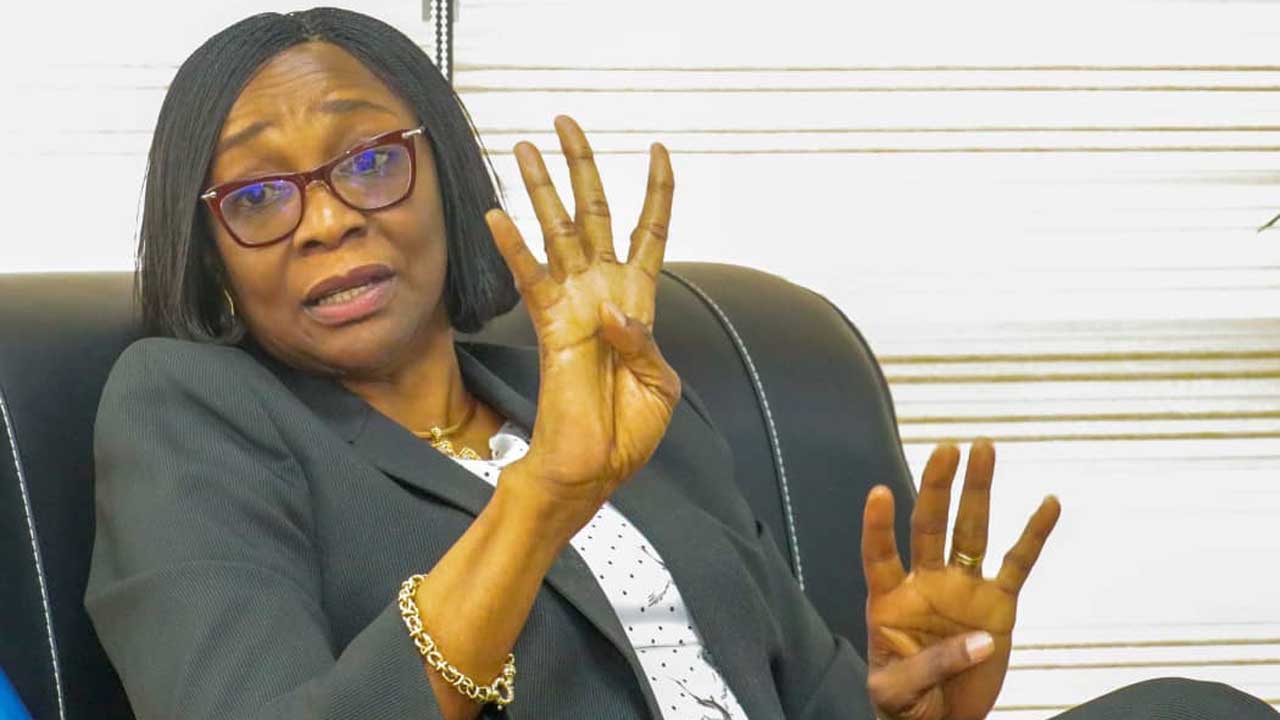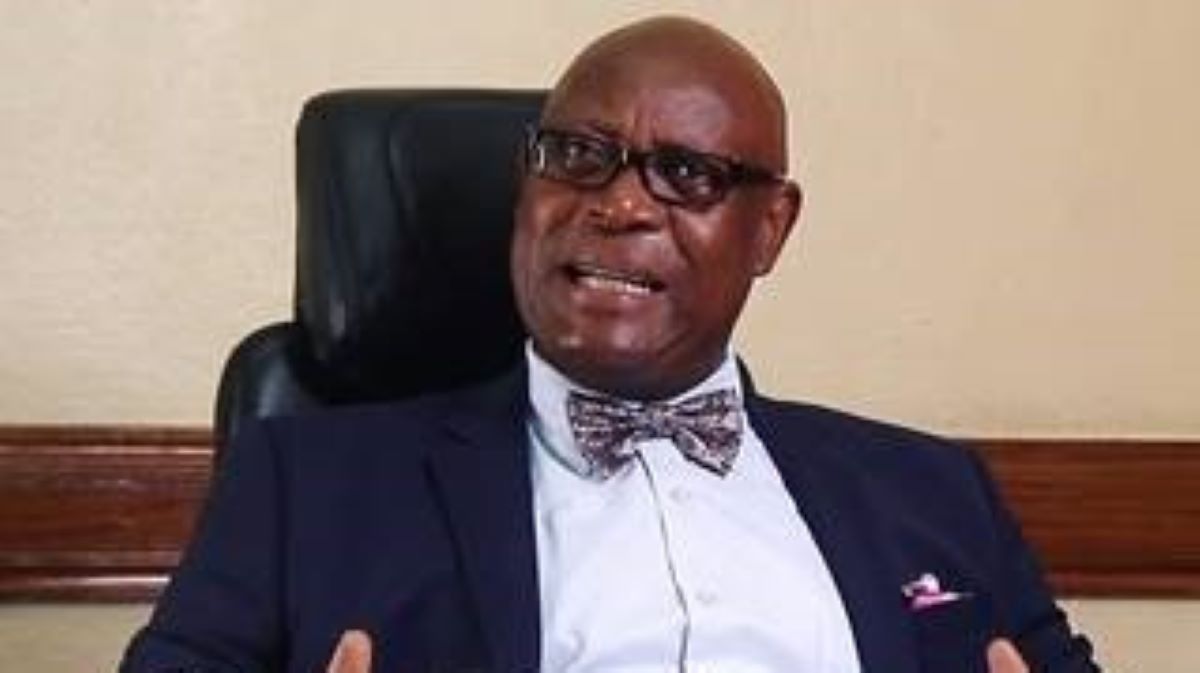.733 million people faced hunger, 2.33 billion experienced moderate to severe food insecurity in 2023
.Why land cannot be available for grazing (RUGA) in Southeast
Professor of Agricultural Economics at the Michael Okpara University of Agriculture, Umudike (MOUAU), Abia State, Prof. Uzochukwu Anelechi Ubaferem Onyebinama has posited that a hunger-free world is unattainable, and that this unattainable hunger-free status would subsist despite the United Nations Sustainable Development Goals No. 2 (SDG No. 2).
He recalled that in 2023, while 733 million people faced hunger, 2.33 billion experienced moderate to severe food insecurity, explaining why land cannot be available for grazing (RUGA) in the South East.
The 63-year-old Professor Onyebinama so posited while presenting the university’s 63rd inaugural lecture titled “Tales in Quest of Freedom from Hunger”, saying that even “the scripture tells us that we must always have the poor with us, and that the poor will not cease out of the land.”
Noting that Goal 2 sought to end hunger (zero hunger), achieve food security, improve nutrition, and promote sustainable agriculture, he posited that it “should have been reversed as: promote sustainable agriculture, improve nutrition, achieve food security, and end hunger (zero hunger),” which would imply that there will be no hunger on earth.
Buttressing his position, he said that when God cursed Cain, He (God) said, “when you till the land, it will no longer yield to you her increase,” which means that no matter how we struggle, we can never get the full potential of the land from it. “So my position is that an end to hunger is not achievable.”
He, however, stated that freedom from hunger can be achieved on the basis of the fact that freedom from hunger means having at least two proper meals a day. “I think we can achieve that.”
According to Professor Onyebinama, in spite of the SDG2 intent, hunger and food insecurity have been on the increase since 2015, driven by pandemics, conflicts, climate change, and deepening inequalities, such that “in 2023, about 733 million people (about 9.2% of the world population) faced hunger and 2.33 billion people experienced moderate to severe food insecurity.”
Consequently, arguing that since the poor shall never cease out of the land and will always be with us, and given that the land shall no longer yield her increase, he posited that “while freedom from hunger is overambitious and unachievable, not just by year 2030, but going forward, it is a mirage; hence investments in agriculture will not just drive the transformation of food systems, but also are critical to the quest for freedom from hunger.”
As a way out, he charged, among others, the government to fund research into the adoption of process technologies, transferring, and not importing them (technologies) from outside for the country.
He decried the government’s unwholesome attitude to agriculture in practice, saying, “As far as I am concerned, the government is not interested in the development of agriculture. They (government) didn’t guarantee farmers’ access to land; they should fund research into the adoption of process technologies, not transferring or importing technologies from outside for us.
“Because when you import, you improve the economy of the exporting country, and we don’t have the facilities to even produce what people around here can feed on.
“Government didn’t guarantee farmers’ access to land, didn’t guarantee them security, and these constrained agriculture. Governments take the land, turn it around, give it to their cronies for housing, estates, motor parks, etc., thereby depriving agriculture of the basic resource for production, which is land. Hence the need to enforce the Land Use Decree.”
Professor Onyebinama also raised some posers about land distribution in the country, including why land is not available for Rural Grazing (RUGA) in some parts of the country, especially the South.
He said, “Land as a resource for agricultural production in Nigeria can be said to be particularly scarce. The proportion of Nigeria’s total supply of land estimated at about 98 million hectares amenable to agricultural production is estimated at about 70 MILLION HECTARES (not 70 hectares).
“The distribution of this proportion across the country is not even. Some areas have surplus agricultural land, with low man-land ratios.”
Giving an instance, he said that Niger State has a total land area of about 76,363 square kilometres (about 10% of Nigeria’s total land area), out of which about 85% is arable.
The inaugural lecturer stated that, in comparison, the South East region, which is made up of five states with high man-land ratios, has a total land area of about 29,388 square kilometres.
According to him, “The implication is that the land area of Niger State is over two and a half times the total land area of the entire South East. Against this background, there is no plausible reason why there should be a ranch or ‘RUGA’ in the South East,” hence the Land Use Decree is needed.
In his remarks, the Vice-Chancellor, Professor Maduebibisi Ofor Iwe, who presided over the session, while lauding Professor Onyebinama for his lecture and describing it as well delivered, said that freedom from hunger is realistic but the end to hunger is not achievable, “simply because there are a lot of limitations on land.
“The development policies should first focus on agricultural development, with the intent of positively impacting rural development, followed by the fact that the state should take on the responsibility to fund research on process technologies.”
He corroborated that government should fund research on process technologies, lamenting that the Land Use Decree has not fully justified its creation by guaranteeing land availability for agriculture, adding, among others, that an effective credit system should be made available sustainably to real farmers to engender farming extantly.






